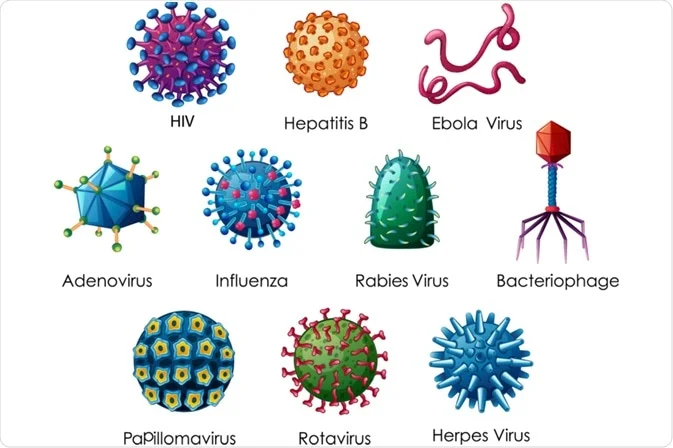The top 10 viruses around the world may vary depending on factors such as prevalence, impact, and geographic location. However, here is a list of some of the most significant viruses that have affected global populations in recent years:
- SARS-CoV-2 (COVID-19): The novel coronavirus responsible for the COVID-19 pandemic has had an unprecedented impact on the world, causing millions of infections and deaths worldwide since its emergence in late 2019.
- Influenza Virus: Influenza viruses, particularly influenza A and B strains, are responsible for seasonal flu outbreaks that occur annually, affecting millions of people worldwide and contributing to significant morbidity and mortality.
- Human Immunodeficiency Virus (HIV): HIV is the virus that causes acquired immunodeficiency syndrome (AIDS), a chronic and potentially life-threatening condition that weakens the immune system. HIV/AIDS remains a significant global health challenge, particularly in sub-Saharan Africa.
- Hepatitis B Virus (HBV): Hepatitis B virus is a bloodborne pathogen that can cause acute and chronic liver infections. It is a leading cause of liver cirrhosis and liver cancer worldwide.
- Hepatitis C Virus (HCV): Like HBV, hepatitis C virus is a bloodborne pathogen that can cause acute and chronic liver infections. Chronic HCV infection can lead to liver cirrhosis and liver cancer if left untreated.
- Human Papillomavirus (HPV): HPV is a sexually transmitted virus that can cause genital warts and various cancers, including cervical, anal, and oropharyngeal cancers. Vaccination against HPV has been introduced in many countries to prevent infection and related diseases.
- Ebola Virus: Ebola virus is a highly contagious and often deadly virus that can cause severe hemorrhagic fever in humans and nonhuman primates. Outbreaks of Ebola virus disease have occurred sporadically in Africa, with significant public health implications.
- Zika Virus: Zika virus gained global attention due to its association with microcephaly and other birth defects in newborns when pregnant women are infected. It is primarily transmitted through the bite of infected Aedes mosquitoes.
- Rotavirus: Rotavirus is a common cause of severe diarrhea and dehydration in infants and young children worldwide. Vaccination against rotavirus has significantly reduced the burden of rotavirus-related illness and mortality in many countries.
- Norovirus: Norovirus is a highly contagious virus that causes acute gastroenteritis, often referred to as the stomach flu. It can spread rapidly in closed settings such as schools, cruise ships, and nursing homes.
This list highlights some of the most notable viruses affecting global populations, but it’s essential to recognize that the significance of viruses can vary over time and across different regions. Vaccination, public health measures, and ongoing research are critical for preventing and controlling viral infections and their associated diseases.



